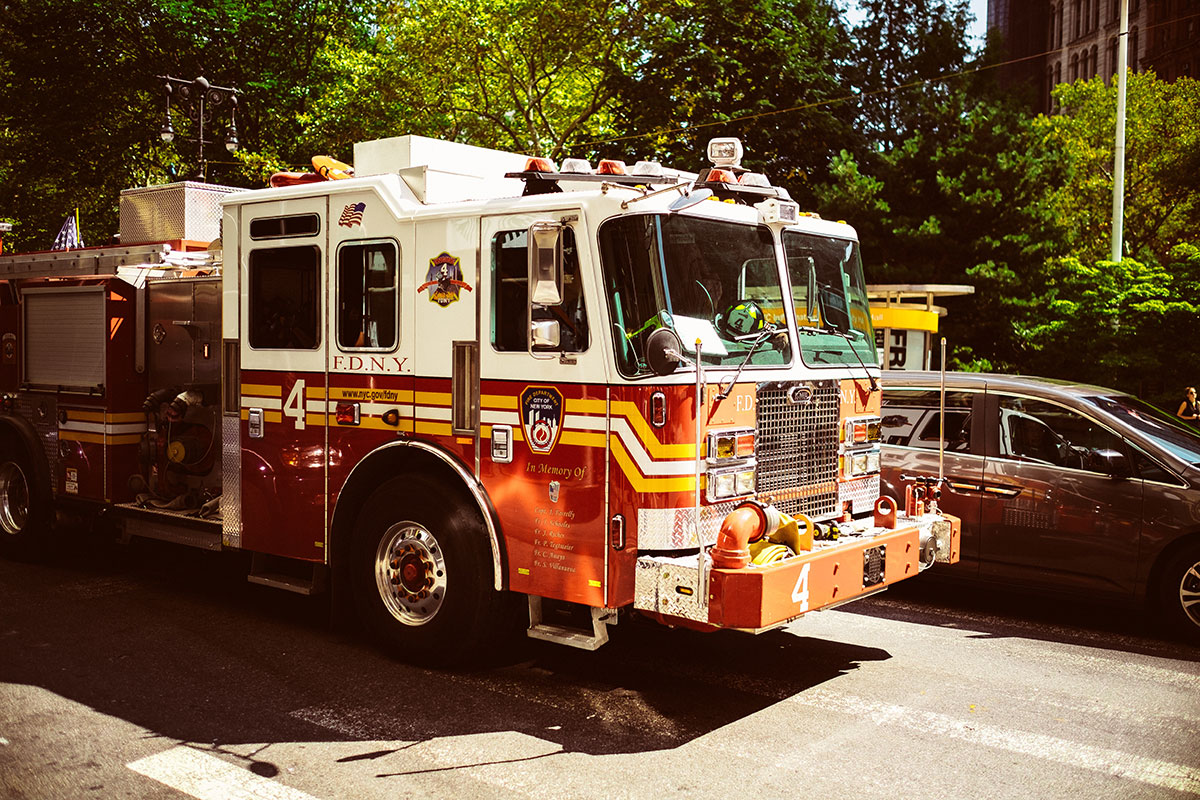Non-road Spark Ignited
In order to comply with the requirements, engine manufacturers must follow strict testing procedures to demonstrate or certify that their engine or vehicle meets the engine emissions standards while operating in a specific service class (test cycle and weight restriction). An engine cannot be placed in a vehicle and operated outside its service class designation.Continued



